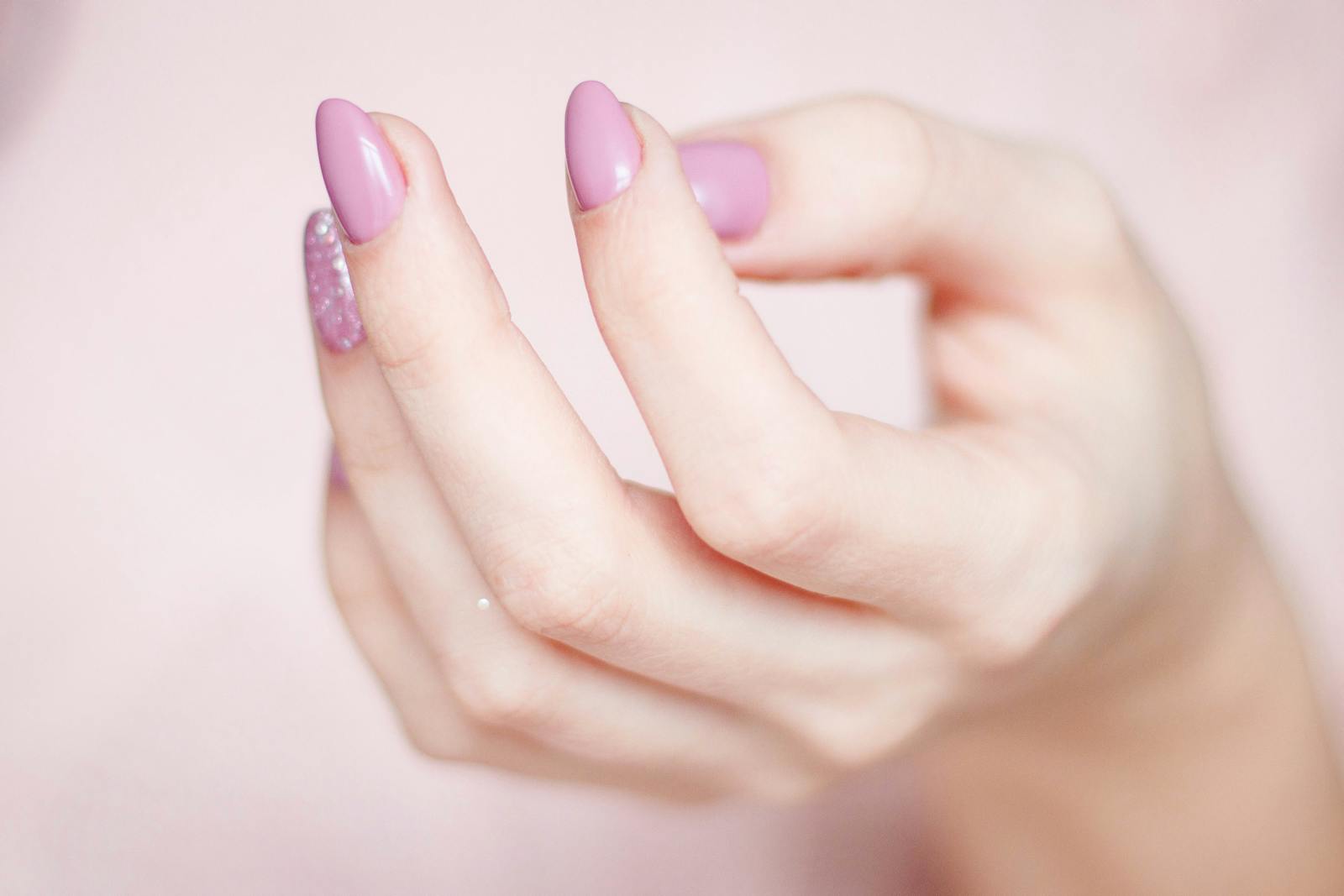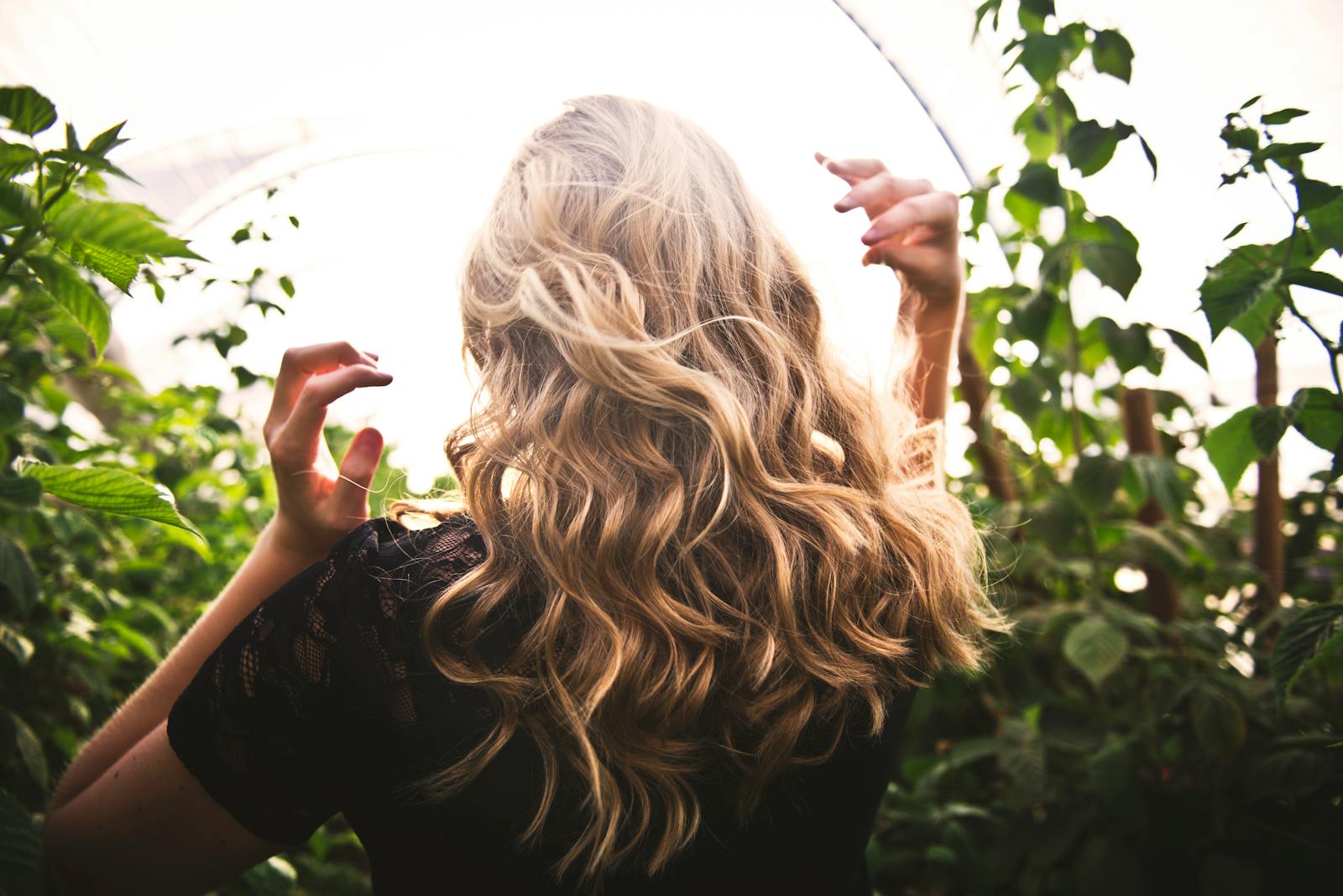From bold colors to minimalist French tips, nails change with fashion. Yet beyond style, their condition speaks volumes about health and personal care. According to dermatologist Dr. Cesar Clemente Cuono, nails are the body’s hardest appendage, but they’re far from invincible. Everyday habits can either protect them or set the stage for damage, infections, and premature aging of the hands.
Why Nail Care Matters
Hands are constantly visible, making them one of the most noticed parts of the body. Well-maintained nails convey attention and vitality; neglected ones create the opposite impression. Though nails may look tough, they’re susceptible to trauma, dehydration, and microbial attacks. That’s why consistent maintenance—whether at home or in a salon—is essential.
Salon Safety: Tools and Hygiene
One often-overlooked risk is contamination through shared instruments. Clippers, files, and cuticle pushers can harbor bacteria and fungi. Dr. Cuono stresses: never share personal tools and always confirm that salon instruments are properly sterilized. Neglect here can lead not just to minor infections but, in severe cases, nail detachment.
The Right Way to Cut and Shape
Nail cutting may seem trivial, yet mistakes can cause painful consequences. Corners should never be trimmed too deeply, as this increases the risk of ingrown nails. Keeping edges gently rounded or square prevents pressure points while preserving nail health.
Cuticle Myths and Missteps
Many believe removing cuticles creates a cleaner look, but this is misleading. The cuticle forms a natural barrier against fungi and bacteria. Overzealous removal leaves nails vulnerable to recurring infections and can even distort nail structure over time. The safer path: keep them softened with oil or cream, and gently push them back rather than cutting them away entirely.
Polish and Hydration Balance
A polished finish is attractive, but constant use of nail enamel has a hidden cost: dehydration. Over time, this makes nails brittle and prone to breaking. Dr. Cuono recommends giving nails a “holiday” from polish—about one week off after every three weeks of continuous wear. During this interval, hydration should be the focus. Creams and natural oils help restore flexibility and shine.
When Nails Signal Something More
Nails can also act as diagnostic clues. Transverse or longitudinal lines often arise from repeated trauma. Detached, whitish nails may indicate fungal infections or even psoriasis. Differentiating between these requires proper clinical and laboratory assessment. The key message: unusual nail changes are not purely cosmetic—they warrant medical evaluation.
Simple Steps for Lasting Results
- Keep your own nail tools and avoid sharing.
- Check sterilization at salons before any service.
- Trim nails carefully, avoiding deep cuts in corners.
- Preserve cuticles as protective barriers.
- Rotate polish use with hydration breaks.
- Seek professional evaluation for persistent or unusual nail changes.
Nail care doesn’t require constant salon visits or elaborate rituals. Instead, it’s about consistent, mindful habits that protect against damage and infection. Strong, healthy nails are less about following beauty trends and more about respecting the body’s natural defenses. With the right balance of hygiene, hydration, and restraint, anyone can achieve nails that look polished and remain resilient.



